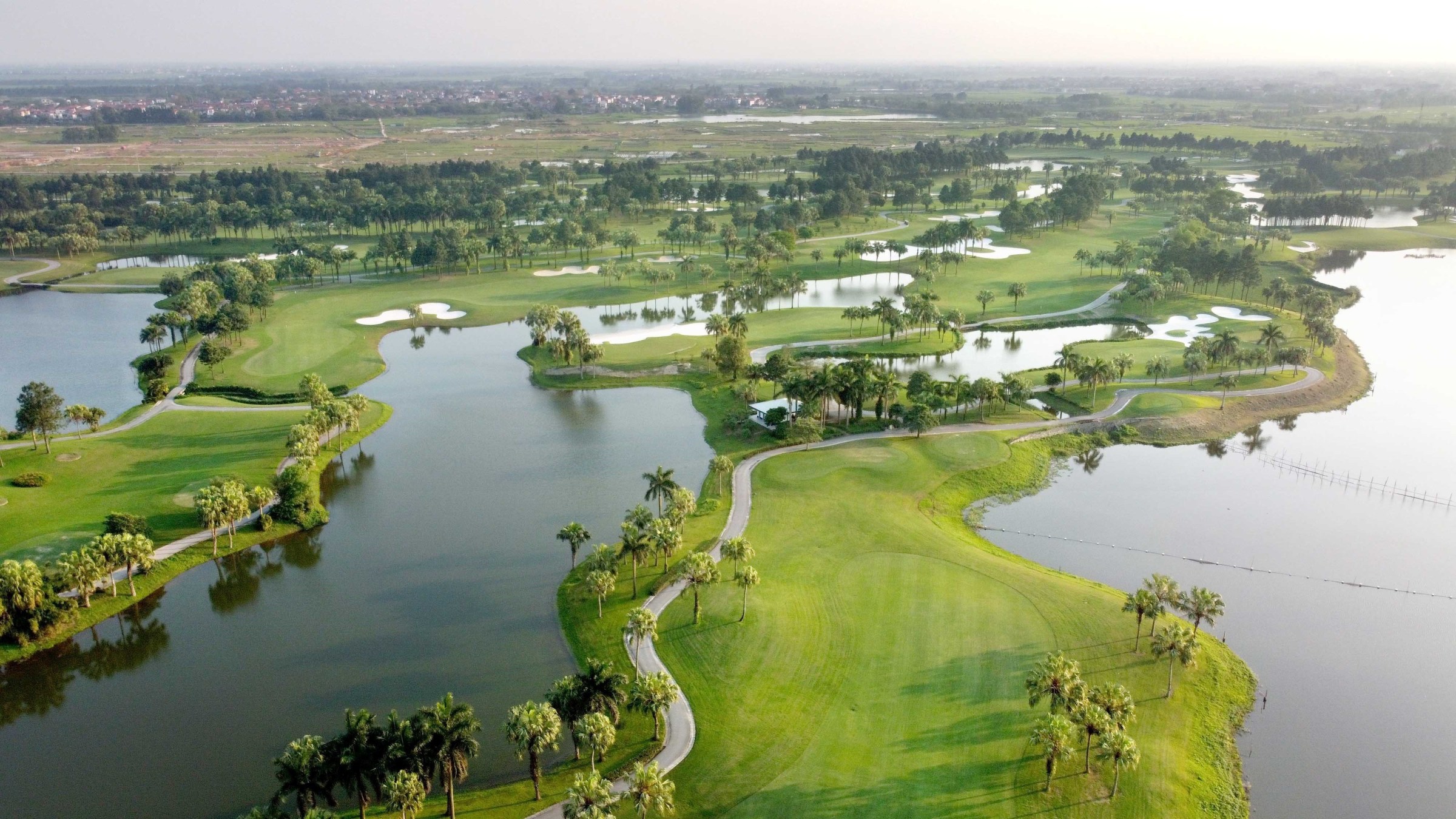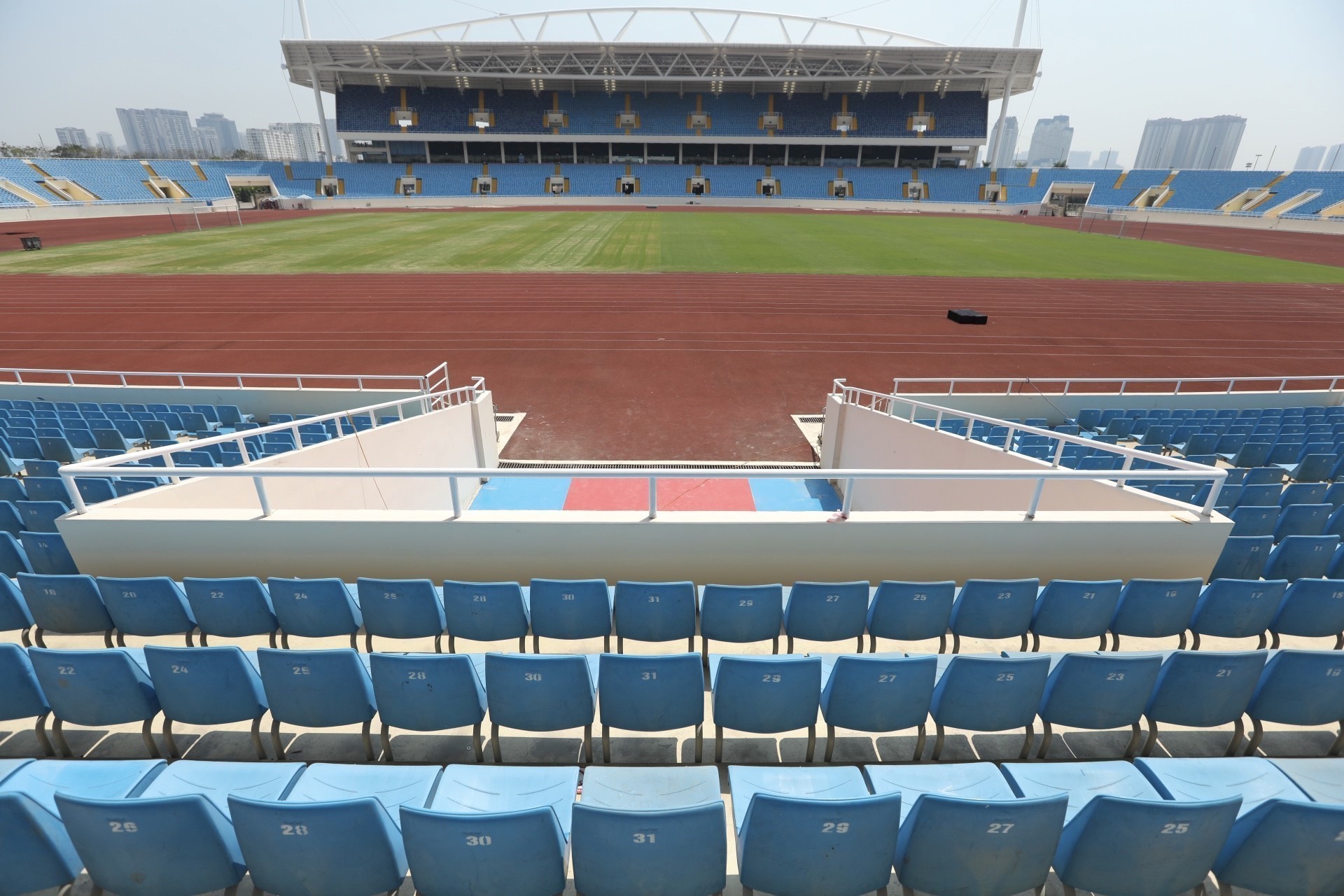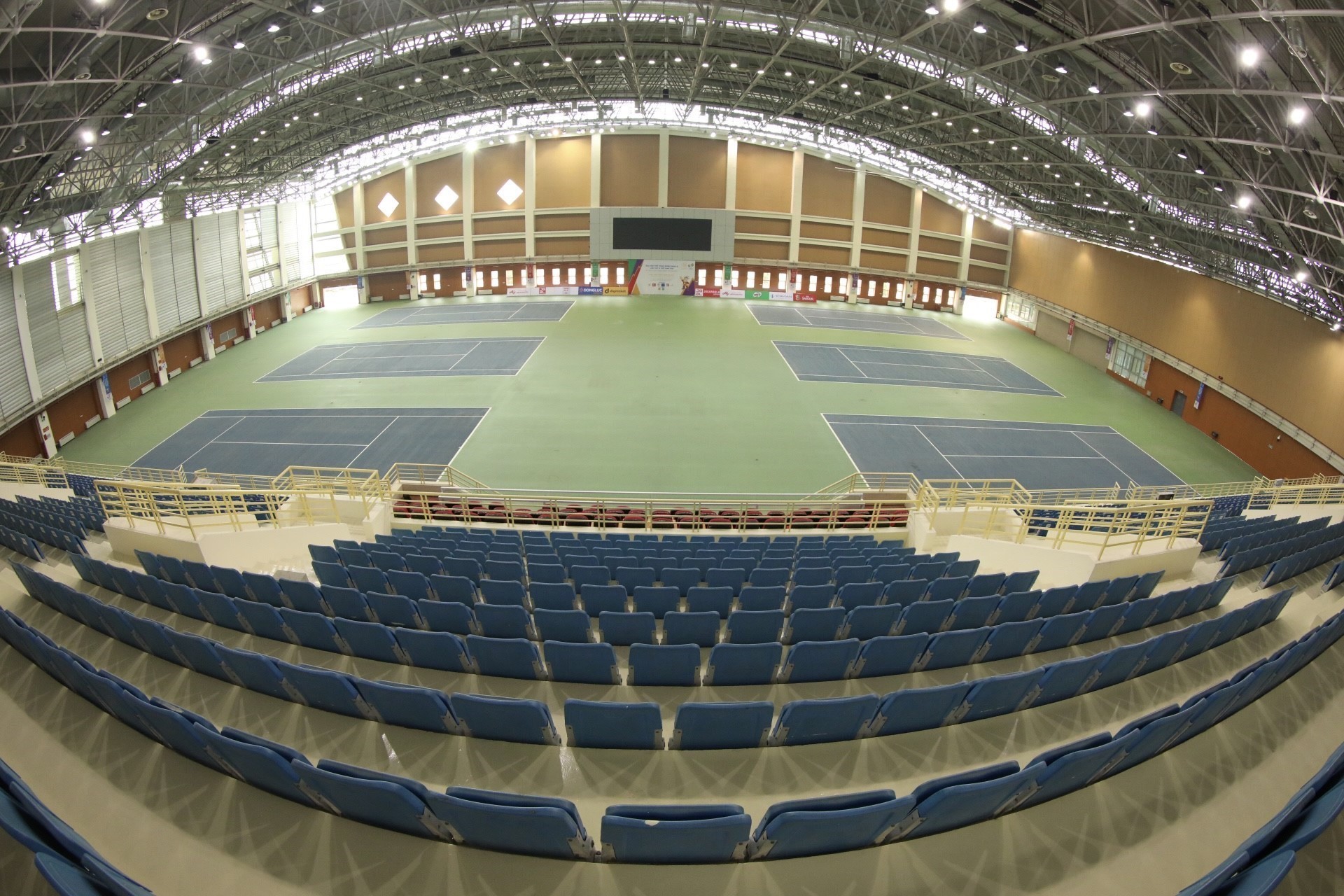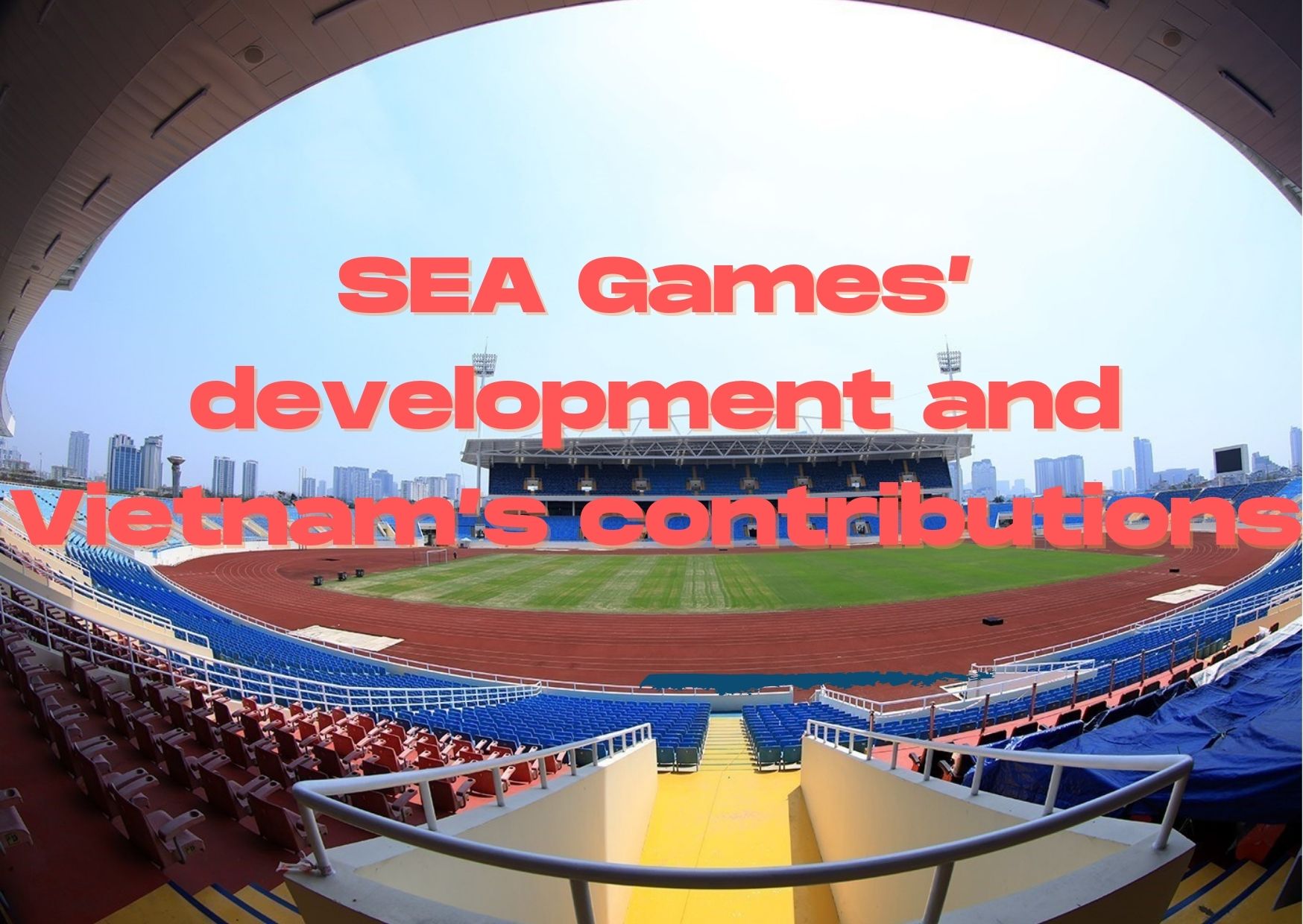
The 31st Southeast Asian Games (SEA Games 31) will take place from May 12 to 23 in Hanoi and 11 other localities across Vietnam, marking the second time the country has hosted the regional sporting event.
For over half a century, the SEA Games have enthralled sports fans and helped promote solidarity and friendship among countries in the region.
63 years of establishment and development
More than 60 years ago, a consensus was reached that Southeast Asian nations shared many similarities in terms of lifestyles, cultures, climate and physique. They had also reached similar sporting levels and should support each other by holding a regional event.
The Southeast Asian Peninsular (SEAP) Games Federation was set up on May 22, 1958 and changed its name to the Southeast Asian Games Federation in 1977, while the SEAP Games were renamed the SEA Games.
Delegations of the Southeast Asian Peninsular attended the third Asian Games in Tokyo, Japan and agreed to set up a regional sporting organisation named the South East Asian Peninsular Games Federation (SEAP). The federation aimed to strengthen friendship, solidarity and mutual understanding among countries in the region as well as help countries improve sporting performance, techniques and strategies and create conditions for athletes to train to obtain better results at the Asian Games and Olympic Games.
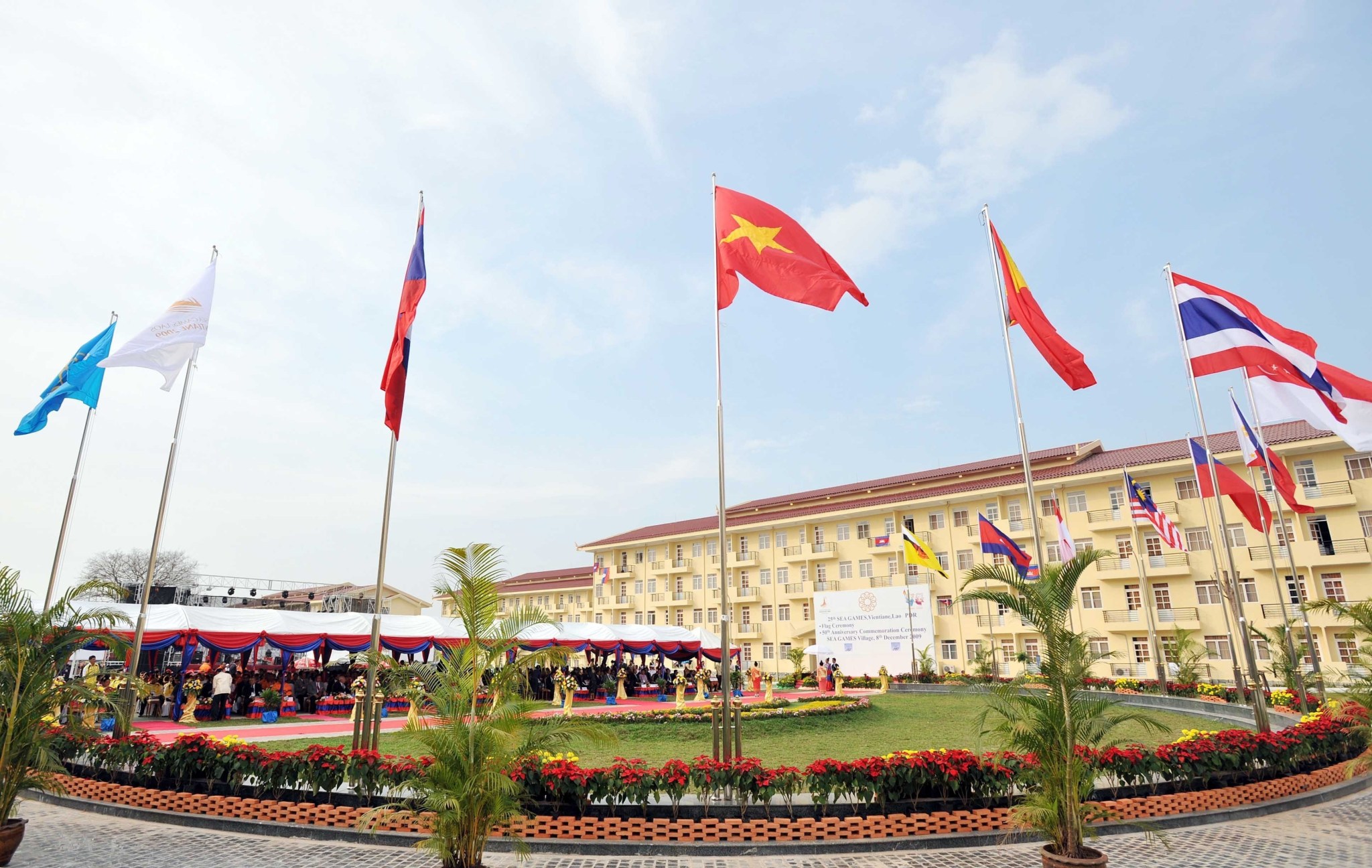
The first ever meeting of the SEAP Games Federation was held on June 5, 1959 in Bangkok, Thailand, where a charter was adopted and an executive board elected. President of the Thailand National Olympic Committee Prabhas Charustiara was elected the first president of the federation, with members comprising delegates of Cambodia, Laos, Malaysia, Burma (now Myanmar), Thailand and Vietnam.
Also at the event, a symbol of six yellow circles linked together was chosen as its symbol, representing the six founding members.
Delegates also agreed to hold the SEAP Games biennially between the Olympic Games and Asian Games. The competitions were decided by the SEAP Games Federation under the supervision of the International Olympic Committee (IOC) and the Olympic Council of Asia.
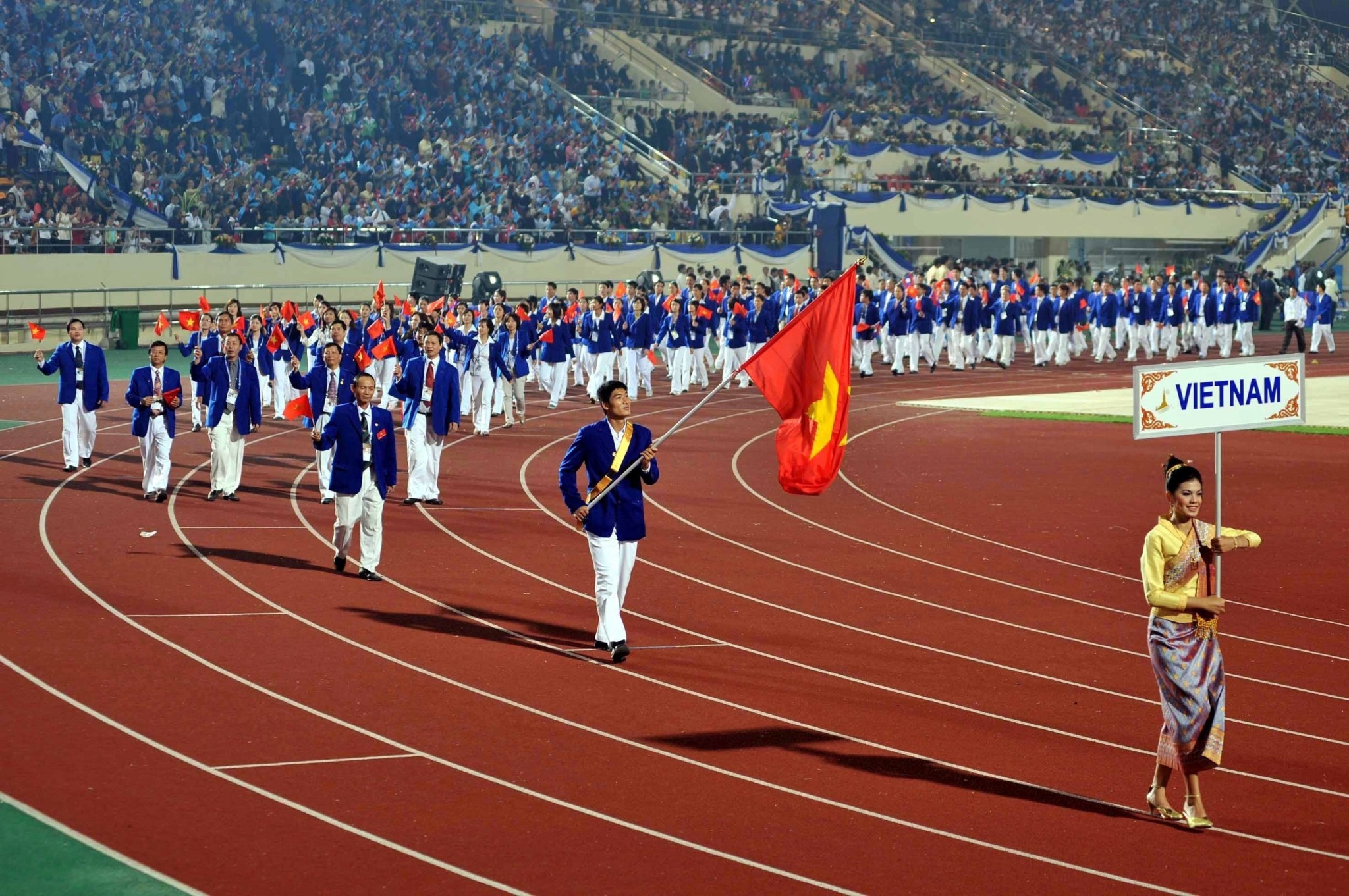
Each member country could send up to three delegates to the Council. The first SEAP Games was hosted in Bangkok, Thailand, on December 12-17 in 1959 with the participation of 527 athletes from Thailand, Burma, Malaysia, Cambodia, Laos and Vietnam competing in 12 sports.
In 1965, Singapore was admitted to the federation after it separated from Malaysia to become an independent state. At the eighth SEAP Games in 1975 in Bangkok, Thailand, the federation considered Indonesia and the Philippines’ membership.
Two years later, the two countries were admitted and the names of the federation and the event was changed to the Southeast Asian Games (SEA) Federation and SEA Games, respectively.
At the 10th SEA Games in Jakarta, Indonesia, in 1979, Brunei became a member of the SEA Games Federation. Twenty years later, at the 20th SEA Games hosted in Brunei, the country’s Olympic Council proposed to increase the number of circles in the federation’s logo from 6 to 10.
The flag of the federation has a blue background and contains connected circles, highlighting a message of peace, solidarity and friendship among member nations. At the 22nd SEA Games held in Hanoi, Vietnam, in 2003, Timor Leste competed in the event for the first time.
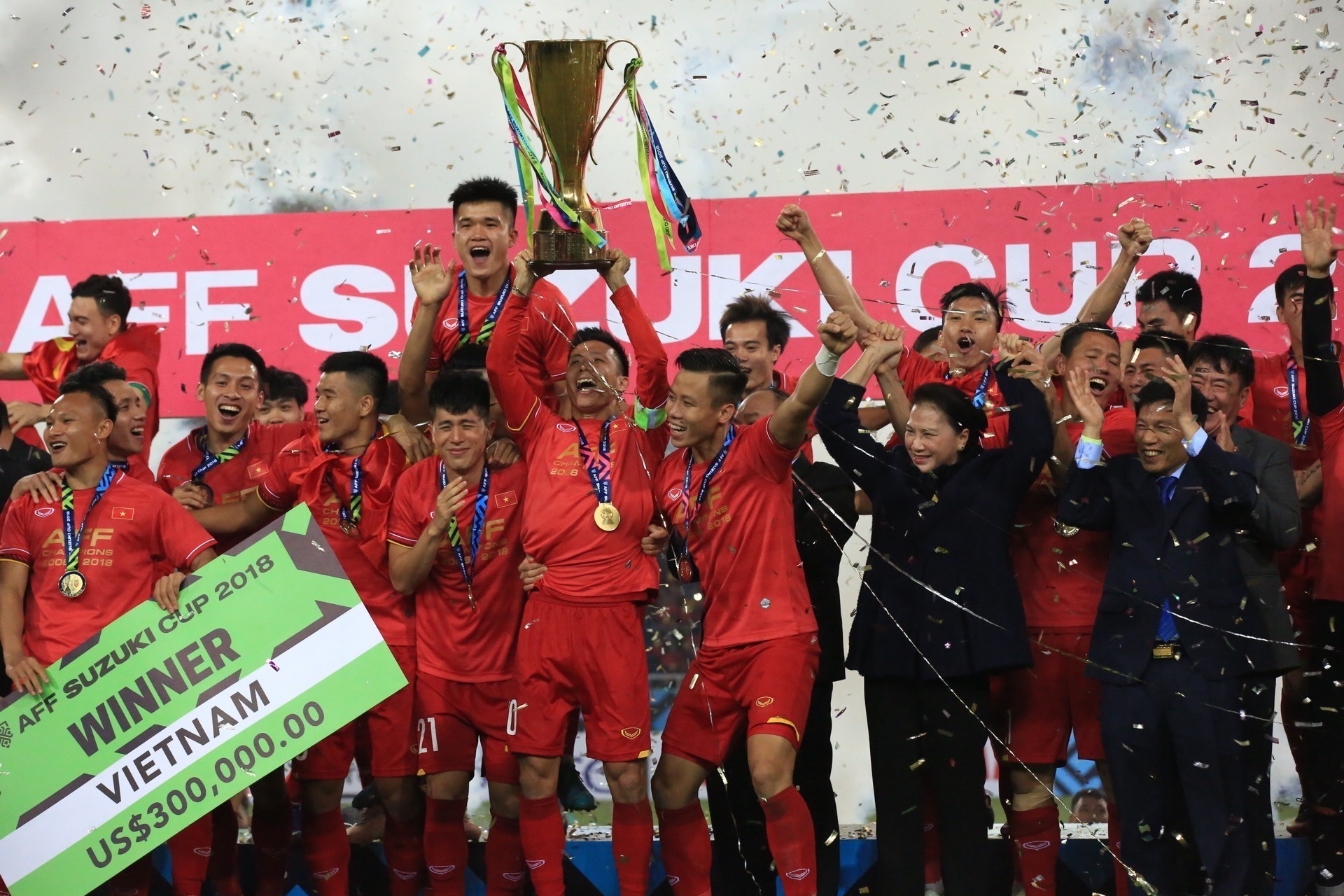
At the 27th SEA Games hosted by Myanmar, the number of circles on the federation’s symbol rose to 11, representing solidarity among regional people. It was made the official symbol of the federation.
Thailand and Malaysia have both hosted the most Games with six; Singapore, while Indonesia, and the Philippines have hosted four times; Myanmar three times; Vietnam twice and Brunei and Laos once.
Vietnam – an active member in developing Southeast Asian sports
Vietnam’s sports delegation has joined the Games since its inception. Before 1975, the South of Vietnam, a founding member of the SEAP Games Federation, sent athletes to the Games’ editions from the first (in 1959) to the seventh (in 1973). After the country’s reunification in 1975, Vietnam has gradually rejoined activities of the SEA Games Federation. Following a 13-year absence from the eighth to 14th edition of the Games (from 1975 to 1987), Vietnam’s sports delegation returned to the regional event at the 15th SEA Games in 1989.
From the initial target of integration and learning from international friends, Vietnamese athletes can now hold their heads high when competing at international events, especially those in martial arts. The Vietnamese delegation’s achievements have been rising in each edition of the Games.
Vietnam ranked seventh at the 15th and 16th SEA Games, then jumped to the fourth and first spot at the 21st and 22nd Games. The country was the runner-up at the 25th and 30th SEA Games.
The 31st SEA Games, slated for May 12 to 23, marks the second time that Vietnam has hosted the event.




SEA Games 31 was initially scheduled to take place from November 21 to December 2, 2021. However, it was delayed to May 12-23, 2022 due to the complicated developments of COVID-19.
The event’s slogan “For a stronger Southeast Asia” aims to convey a message of solidarity to build a thriving ASEAN Community and promote its role in the international arena./.

